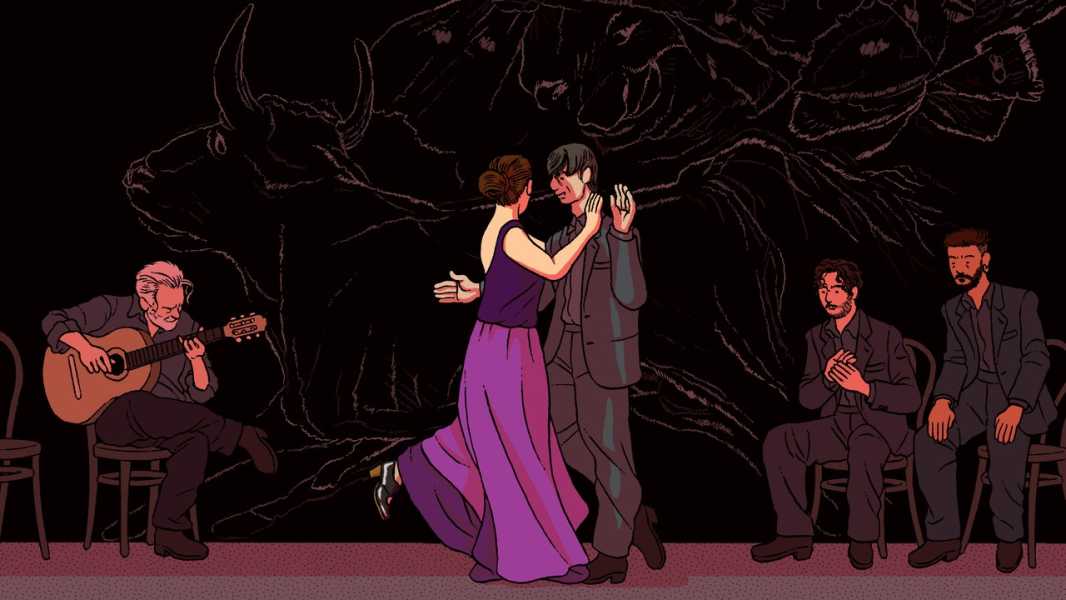
Save this storySave this storySave this storySave this story
Brian Seibert
Seibert has covered dance for Goings On since 2002.
You’re reading the Goings On newsletter, a guide to what we’re watching, listening to, and doing this week. Sign up to receive it in your in-box.
Somewhere on the list of things that go together well: flamenco and taverns. Part of the music-and-dance form’s historical development took place in compact cafés cantantes—literally, singing cafés—where wine flowed freely; though flamenco now can be seen in glitzy theatrical spectacles, much of its special flavor is best experienced up close, in tight quarters, with drinks. That’s especially true of troupes like Noche Flamenca, which returns to Joe’s Pub, Aug. 7-10. The company’s stripped-down aesthetic is well suited to the space, and the tremendous, unfaked intensity of its star, Soledad Barrio, isn’t at all diminished by being near enough to hear her breathe.
Flamenco and the art of Goya are a bit more surprising of a match. Sure, they’re both from Spain, but the paintings and drawings, even from the hand of an Old Master, would not seem to offer much help to artists of motion in the present. Noche Flamenca’s recent show, “Searching for Goya”—performed at the Joyce Theatre in April and coming, in excerpt, to the Jacob’s Pillow Dance Festival, in the Berkshires, Aug. 14-18—proves otherwise.
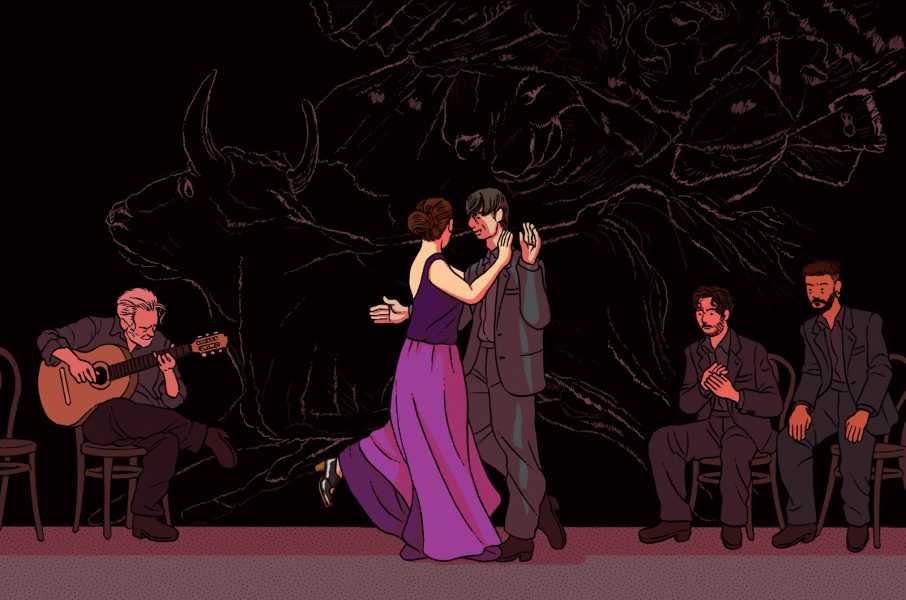
Illustration by Ilya Milstein
Noche uses images from Goya as jumping-off points, taking the artist’s themes, moods, and compositional ideas as material for flamenco elaboration. Sometimes the inspiration is primarily formal, as when the dancers translate an etching of four colliding bulls into a four-way dance-off. But most of the show shares Goya’s grim realism, with unflinching evocations of war, death, and pain.
At Joe’s Pub, the company presents a new iteration of “Searching for Goya,” titled “Bulls and Butterflies,” featuring the same terrific cast of dancers and musicians, with some sections swapped for new ones. It isn’t unusual for this group to tinker with a show after it has débuted. It’s a pleasure to join them as they keep searching.

About Town
Broadway
There’s a bait and switch at the core of Max Wolf Friedlich’s new Broadway transfer “Job,” directed by Michael Herwitz, which dresses itself as a taut, two-handed thriller but is actually a sequence of glib retorts and generational sniping. A wild-eyed millennial patient (Sydney Lemmon) pulls a gun on a boomer therapist (the great Peter Friedman, operating far above the material), demanding that he authorize her return to work as a content moderator, after a breakdown. Will her descriptions of vile Internet videos reveal that tech is driving her nuts? Or is the therapist’s smug Luddite attitude somehow a threat? Eventually, Friedlich changes strategy, but the narrative, by then more hole than plot, is too corroded to sustain the twist.—Helen Shaw (Hayes; through Sept. 29.)
Opera
Luciano Pavarotti once said, no doubt in a speaking voice as sonorous as his stately tenor, that opera “should be listened to and appreciated by everyone.” The Glimmerglass Festival seems to have followed this directive through the years, and this summer is no exception. You can catch “Pagliacci,” your classic homicidal-clown story and a Pavarotti staple; “The Pirates of Penzance,” a seafaring tale about a leap-year mixup; and “Elizabeth Cree,” a nineteenth-century narrative about why you should always hide your diary. The final stretch also offers an exclusive look at an upcoming “House on Mango Street” adaptation, and introduces “Rumpelstiltskin and the Unlovable Children,” a fresh take on an old imp.—Jane Bua (Cooperstown, N.Y.; through Aug. 20.)
Off Broadway
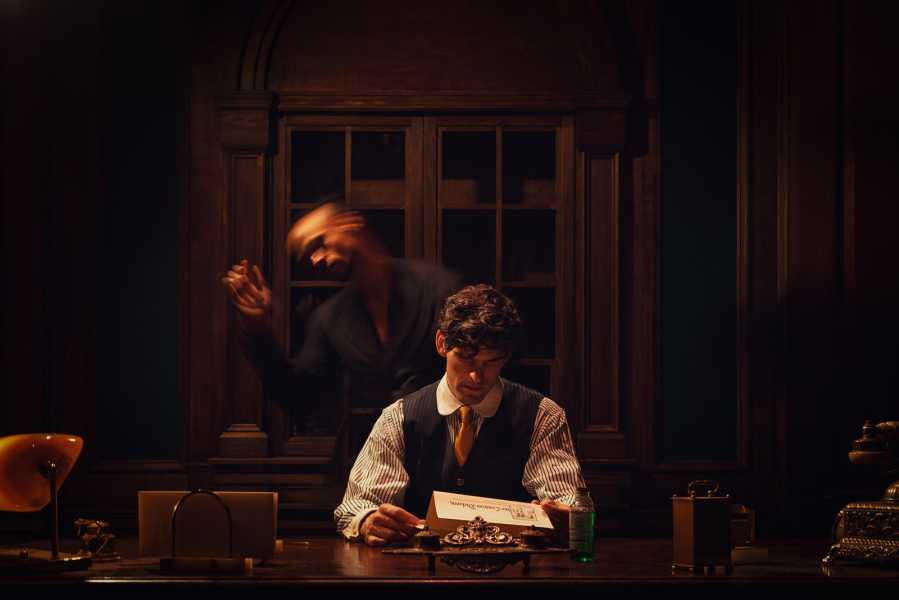
Photograph by Stephanie Crousillat
The creators of the vast immersive production “Life and Trust”—including the director, Teddy Bergman, and the experience designer, Gabriel Hainer Evansohn—have borrowed a lot from Punchdrunk’s “Sleep No More”: audiences again wear commedia-derived masks as they scramble through a dim labyrinth (several floors of a stunning, repurposed 1931 skyscraper), following performers acting out wordless dance-dramas. In a nightmare version of the Gilded Age, bankers and stevedores alike attend vaudevilles, swig opium, and sign contracts with Mephistopheles. As you wander, you could stumble across, say, a mysterious lake, or you may never find it. Imagination, therefore, furnishes much of “Life and Trust” ’s beauty, which can otherwise skew a little silly: you can always dream up what might be happening, just out of sight.—H.S. (Conwell Tower; through Sept. 30.)
Dance
As the city enters its quietest period, Battery Dance Festival fills the void—the artists arrive downtown from as far as Romania, the Dominican Republic, and Taiwan. Tsai Hsi Hung, of Taipei’s Focus Dance Company, illuminates ideas of beauty through the lens of Chinese folk dance, calligraphy, and abstract painting. Julie Crothers, from Berkeley, performs a solo that explores her relationship to her prosthetic arm. And on Aug. 15, India’s Independence Day, the festival offers performances by two Indian dancers, one of whom, Rajesh Sai Babu, is a specialist in the ancient martial-arts-based dance form mayurbhanj chhau, full of backbends, splits, and barrel jumps.—Marina Harss (Rockefeller Park; Aug. 11-17.)
Rock
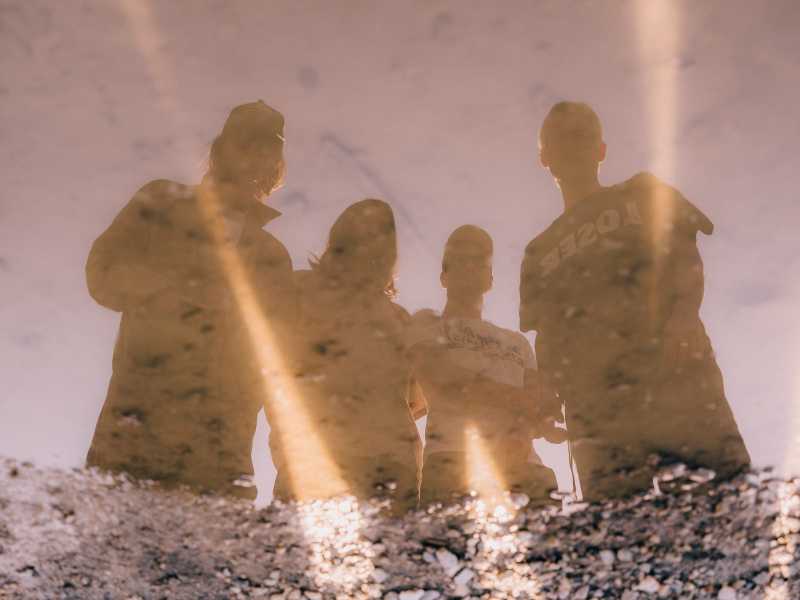
Photograph by Coley Brown
The Brooklyn band DIIV began as an outlet for the songwriting of the guitarist Zachary Cole Smith, who brought in his childhood friend Andrew Bailey and other players to help build his live outfit. The group quickly refined a gorgeous take on modern dream pop, starting with the 2012 album “Oshin” and digging in with the follow-up “Is the Is Are” (2016). After Smith checked into rehab, the band embraced a much heavier shoegaze sound, making the 2019 album “Deceiver,” as its leader reckoned with what he owed others, including his bandmates. DIIV nearly imploded while producing its new LP, “Frog in Boiling Water,” released in May, which sought to turn the band into a democracy for the first time. The resulting music is immense: weighted songs, dense and cataclysmic, consider the discovery of beauty in collective action amid the suffocating grip of plutocracy.—Sheldon Pearce (Brooklyn Paramount; Aug. 8.)
Movies
The Egyptian director Youssef Chahine’s boldly imaginative and politically confrontational body of work gets a prime showcase on the Criterion Channel, which is now offering twenty of his films, from streetwise crime stories and romantic melodramas to autobiographical fantasies and historical epics, made between 1950 and 1999. One of the highlights is “Adieu Bonaparte,” from 1985, which depicts the Napoleonic conquest of Egypt from the perspective of one Egyptian family. The teeming action involves large-scale battles, domestic conflicts, and philosophical wrangling. At first, the French Army, promising respect for Islam, represents liberation from Mamluk warlords. But, when the invasion proves cruel and ruthless, two brothers engage in daring acts of resistance—even as they befriend a French general whose Enlightenment ideals, though self-deluding, they admire nonetheless.—Richard Brody

Pick Three
The film critic Justin Chang on exceptional disaster movies.
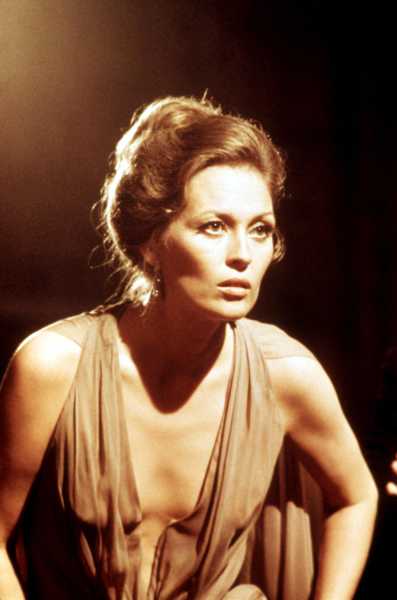
“The Towering Inferno.”
Photograph from Everett
1. Of all the starry Hollywood disaster epics that proliferated in the seventies, it’s “The Towering Inferno” (1974) that I’m powerless to resist. The movie, about a San Francisco skyscraper that goes up in flames, is a harrowing hoot; the pyrotechnics hold up, as do the performances of Paul Newman, Steve McQueen, Faye Dunaway, Fred Astaire, and others. But what survives most of all is the film’s utter ruthlessness—its lack of compunction about immolating an elevator full of partygoers or bumping off its most sympathetic character in a fiery final stretch.
2. At the beginning of Lars von Trier’s “Melancholia” (2011), a rogue planet crashes into Earth in transfixing slow motion, with mighty blasts of Wagner. It’s essentially foreshadowing, a prelude to the end of the world; what follows is an intense psychological drama, starring a never-better Kirsten Dunst, about a woman battling an all-consuming depression. Her despair is so acute that the looming apocalypse, far from being cause for alarm, becomes something paradoxically and ecstatically beautiful—an annihilating work of art.
3. In the early days of COVID-19, it was no surprise that Steven Soderbergh’s eerily prescient “Contagion” (2011) shot up the rental charts. We watched it for masochistic thrills, for worst-case-scenario pointers, and for a welcome dose of competence porn. To see Kate Winslet initiate a round of contact tracing, or Jennifer Ehle devise a vaccine, is to witness the rarest of disaster-movie spectacles: human workers committing themselves to the belief that intelligence and empathy can go hand in hand.
P.S. Good stuff on the Internet:
- What is the city but the people?
- Scammed women scam back
- The former President’s meme stock
Sourse: newyorker.com






